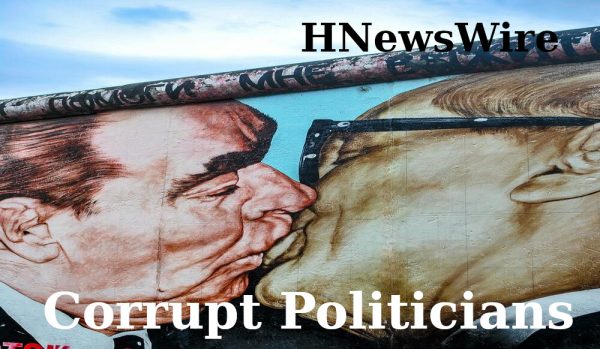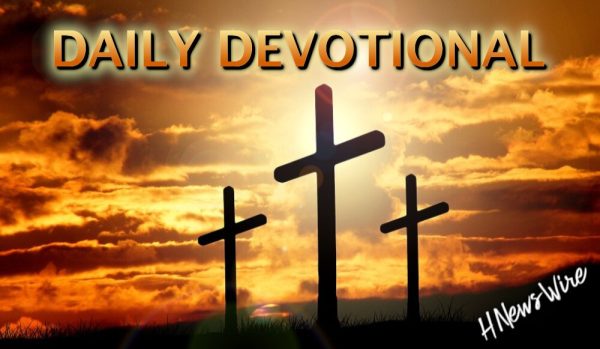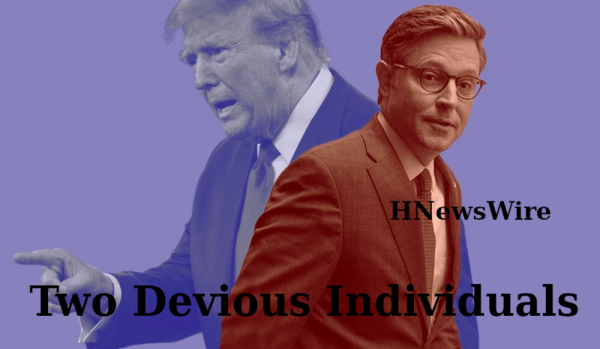
Advisory: Be careful of what you read on social media. The algorithms used by these platforms have no regard for Biblical truth. They target your emotions to keep you engaged on their site so their advertisers can drop more ads. These platforms exist to enrich their stockholders. Consider God’s promise to Believers in James 1:5, “If any of you lacks wisdom, you should ask God, who gives generously to all without finding fault, and it will be given to you.”
Featured Story
US ARMY Defines Christian Ministry as ‘Domestic Hate Group
Simply stated, the sixth of the Ten Commandments forbids the unjustified taking of human life. However, the commandment itself has a couple of interesting elements that bear mentioning. First and foremost, different Bible translations give the appearance of different meanings, and there is potential for misunderstanding the actual meaning of the verse. Second, the man was never created for the act of murdering another, and there needs to be an explanation for such a violent and final act towards another human being. Third, because of the translational challenge, we need to understand the difference between “murder” and “killing.” And last but not least, how does God view murder? To God, murder is not just physical in nature but also the condition of one’s heart towards another.
There are two different Hebrew words (ratsakh, mut) and two Greek words (phoneuo, apokteino) for “murder” and “killing.” One means “to put to death,” and the other means “to murder.” The latter is the one prohibited by the Ten Commandments, not the former. In fact, ratsakh has a broader definition than the English word “murder.” Ratsakh also covers deaths due to carelessness or neglect but is never used when describing killing during wartime. That is why most modern translations render the sixth commandment “You shall not murder” rather than “You shall not kill.” However, a very large issue can arise depending on which translation one studies. The ever-popular King James Version renders the verse as “Thou shalt not kill,” therefore opening the door to misinterpreting the verse altogether. If the intended meaning of “Thou shalt not kill” was just that—no killing—it would render all of the God-endorsed bloodletting done by the nation of Israel a violation of God’s own commandment (Deuteronomy 20). But God does not break His own commandments, so, clearly, the verse does not call for a complete moratorium on the taking of another human life.
Why does man murder? We know that we were created in God’s image (Genesis 1:27) and we were made to live in harmony with God and with our fellow man. This harmony became impossible once sin entered into the picture (Genesis 3). With sin came the propensity for acting violently against one another. Anger, jealousy, pride, and hatred can fuel man’s evil bent towards life-ending aggression. The first recorded act of murder was when Cain killed his brother Abel (Genesis 4:8). From that moment on, taking the life of another has been commonplace and, in some circles of society, acceptable. However, to God every life is important, and since God knew that man was sinful and evil and had become “lawless,” He enacted guidelines that would seek to modify man’s behavior (1 John 3:4).
It’s not about the gun, it’s about the heart, the heart that has turned away from God, therefore leaving a void (evil) to exist
The shooting in Poway, about 25 miles north of San Diego, coincides with a significant spike in hate crimes, including acts of anti-Semitism. The gunman, whom police identified as John Earnest, 19, wrote a manifesto echoing the same kind of white supremacist views as the shooters in the attacks on the synagogue in Pittsburgh and on mosques in Christchurch, New Zealand. The latest attack came one week after mass bombings at churches and hotels in Sri Lanka left hundreds dead.
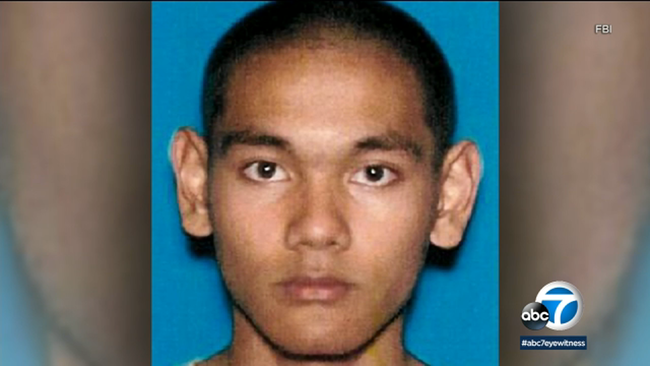
Southern California, in particular, has long figured among the nation’s most active regions for extremism, a dynamic is driven in part by the region’s rapid demographic change over the past few decades, the lasting influence of white supremacist gangs in California prisons, and a tradition of radicalism, hate and anti-immigrant sentiment that goes back decades.
In the 1980s, Tom Metzger, a San Diego County resident and former Ku Klux Klan Grand Dragon, who once led vigilante border patrols with David Duke, created White Aryan Resistance, a group which later would be investigated by the F.B.I. for attacks on Jewish organizations and connected with the murder of an African immigrant.
In recent years, San Diego has been the center of gravity for the Western Hammerskins, a chapter of the largest skinhead gang in the United States. In 2012, Wade Michael Page, a member, killed six worshipers at a Sikh temple in Wisconsin.
Identity Evropa, a white supremacist group that has since rebranded itself as the American Identity Movement, was founded by Nathan Damigo, a former Marine who was radicalized after he served a prison term stemming from robbing an Iraqi immigrant cab driver after a drunken night out in San Diego.
The state’s diversity has increased tolerance among many people who live and work close to others who are different from themselves, but for others, it has fueled a sense of alienation and threat, said Lawrence Rosenthal, the chairman of the Center for Studies at the University of California at Berkeley.
“California is obviously the largest state, and it is already majority-minority. Which is the nationalists’ and the nativists’ nightmare…..
The deadly mass shootings on Friday at two mosques in the New Zealand city of Christchurch are the latest attacks in places of worship.
The five most recent such attacks in the United States:
Tree of Life Synagogue
A gunman screamed anti-Semitic epithets as he opened fire on worshipers in the Tree of Life Synagogue in the Squirrel Hill neighborhood of Pittsburgh. Robert Bowers killed 11 and wounded six others gathered for Shabbat morning services on Oct. 27, 2018.
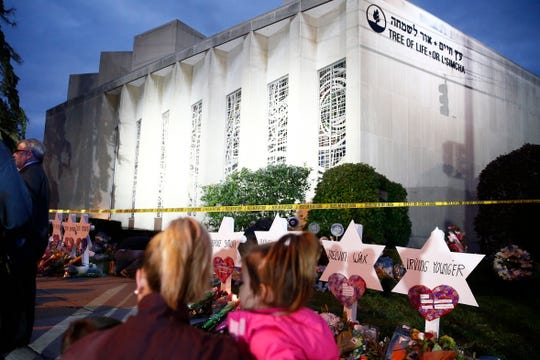
A family looks on at the Star of David memorials at the Tree of Life Synagogue days after a mass shooting in Pittsburgh, Pennsylvania. (Photo: Jared Wickerham, EPA-EFE)
Sutherland Springs Church
At a First Baptist Church of Sutherland Springs, Texas, a gunman killed 25 people, plus an unborn child, on Dec. 5, 2017. Devin Kelley later killed himself in the rural area outside of San Antonio.
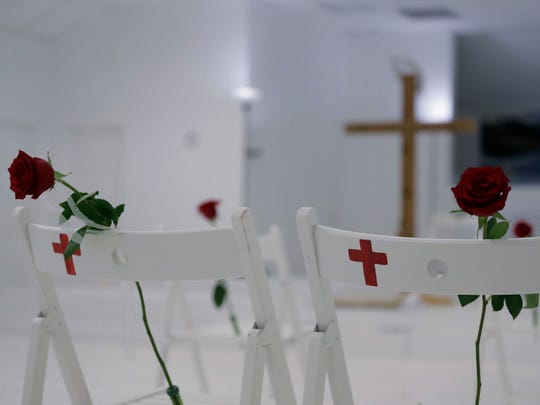
A memorial for the victims of the shooting at Sutherland Springs Baptist Church includes 26 white chairs, each painted with a cross and rose, placed in the sanctuary Nov. 12, 2017, in Sutherland Springs, Texas. (Photo: Eric Gay, AP)
Burnette Chapel
One woman died and seven others were wounded at an attack at Burnette Chapel Church of Christ in the southeast Nashville neighborhood of Antioch. Emanuel Kidega Samson opened fire as Sunday services were ending on Sept. 24, 2017.
A vigil is held at Burnette Chapel Church of Christ on Sept. 25, 2017, in Antioch, TN. (Photo: Andrew Nelles, The Tennessean-USA TODAY NETWORK)
Charleston Church
A gunman killed nine people gathered for Bible study at a historic black church in Charleston, South Carolina, on June 17, 2015. Dylann Roof shot the victims at Emanuel African Methodist Episcopal Church while they prayed.
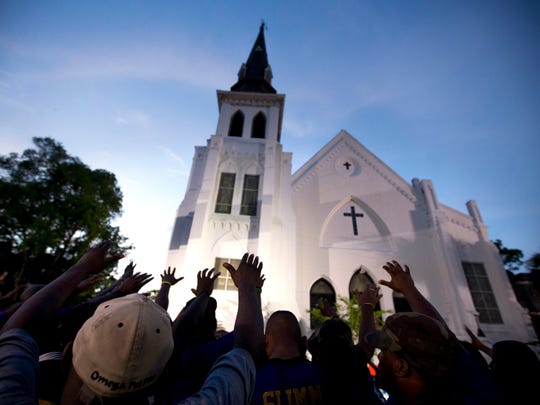
Prayer at Emanuel AME Church in Charleston, S.C., on June 19, 2015. (Photo: Stephen B. Morton, AP)
Wisconsin Sikh Temple
At a Sikh temple in suburban Milwaukee, a shooter killed six people and wounded three others on Aug. 5, 2012. Wade Michael Page walked into the Oak Creek gurdwara and opened fire shortly before Sunday services were set to begin.
Members of the Sikh temple of Wisconsin pray inside the place of worship Sunday, August 12, 2012. (Photo: JEFFREY PHELPS, AP)
Once again, a gunman entered a house of worship and opened fire.
This time, it was a synagogue in Squirrel Hill, where 11 people were killed and six others were injured on Saturday.
Mass shootings have become a recurring part of American life, and religious institutions a recurring setting. In each case, the shock is compounded by the violence at what is supposed to be a safe space for peace and healing.
Here is a look at what happened in some of the deadliest mass shootings at houses of worship in recent years. Rich Lord and Ashley MurrayBowers’ favorite social media site reeling, defiant
26 people were killed at a Texas church in 2017
A gunman stormed into a church in Sutherland Springs, Tex., last year and opened fire during a Sunday service, killing 26 people and wounding 20 more.
The authorities said Devin Patrick Kelley, 26, was clad in all black, with a ballistic vest strapped to his chest and armed with a military-style rifle, when he quickly attacked the small church, pausing only to reload.
Kelley died of a self-inflicted gunshot wound.
Law enforcement authorities have said the shooting might have stemmed from a dispute between Kelley and his mother-in-law. She and several others from that side of the family were regulars at the church. But on the morning of the shooting, Kelley’s mother-in-law was at home with her grandson.
Among those killed were several children, the pastor’s 14-year-old daughter and eight members of a single family.
The church shooting in Tennessee left one dead and seven wounded Paula Reed WardBrothers killed in synagogue attack had ‘a love for life and for those around them’
Emanuel Kidega Samson, 25, on Sept. 24, 2017, was charged with killing a woman and wounding six other people with gunshots at Burnette Chapel Church of Christ in Nashville, Tenn.
The 25-year-old black man had a note in his car that made reference to revenge for the church massacre carried out by a white supremacist in Charleston, S.C., according to a report by The Associated Press.
The note suggested a possible motive for the attack.
The Associated Press said its reporters had not seen the note but learned of its contents from two law enforcement officials who read from it. A law enforcement report said that “in sum and in no way verbatim,” the note made reference to retaliation for the actions of Dylann S. Roof, the white supremacist responsible for the 2015 murders at the Emanuel African Methodist Episcopal Church in Charleston, according to the AP.
Although the church Roof targeted was predominantly black, the church in Nashville’s attack had a mixed congregation.
Samson, a legal resident of the United States who immigrated from Sudan in the 1990s, had attended the church in years past but had not been seen there recently.
Nine people were killed at a historic black church in South Carolina in 2015
In 2015, a white gunman killed nine black parishioners at a historic black church in downtown Charleston.
Roof, a self-radicalized white supremacist, confessed to the killings.
Roof, then 21, entered through an unlocked side door of the Emanuel A.M.E. Church and took a seat at a weekly Bible study meeting. He had brought with him a semiautomatic pistol that he concealed in a pack on his waist.
When the congregants closed their eyes for a familiar benediction, the sound of gunfire roared through the fellowship hall. Churchgoers dove below tables but Roof kept firing, striking the victims at least 60 times.
Roof was charged with 33 counts, including hate crimes resulting in death. He was found guilty in 2016 and sentenced to death last year.
At Emanuel A.M.E. Church, a bedrock of black Charleston that was founded in 1791, doors that were once left open has had to be locked since the shooting. The church has used retired military and on- and off-duty police officers for security.
Willi Glee, a member of the church, said last year that religious spaces offer an added attraction for some attacks because defiling them is the ultimate taboo. “Everybody expects that a house of worship is a safe place,” he said.
White supremacist killed 3 at Kansas Jewish centers in 2014
Neo-Nazi and former Ku Klux Klan leader Frazier Miller Jr. fatally shot William Corporon and his 14-year-old grandson Reat Underwood outside an Overland Park, Kan., Jewish center as they arrived for a singing competition April 13, 2014. He then drove to a Jewish retirement community where he fatally shot Terry LaManno, who was visiting her mother.
Miller was convicted of capital murder Aug. 31, 2015.
Miller admitted to the shootings in court but said he had acted in defense of the white race. He represented himself, and Judge Thomas Kelly Ryan of Johnson County District Court repeatedly reprimanded him for racist and anti-Semitic rants.
Although Miller said in court that he wanted to kill Jews, none of the victims were Jewish. Still, authorities said federal hate crimes were based on intent, not whether a person from the targeted group has been injured.
After his arrest at a nearby school, Miller shouted “Heil Hitler” from the back of a squad car.
Six people were killed at a Sikh temple in Wisconsin in 2012
In 2012, a Sikh temple in Oak Creek, Wis., was getting ready for Sunday services when an armed man walked in and started firing.
Congregants ran for shelter and barricaded themselves in bathrooms and prayer halls, where they made desperate phone calls and sent anguished texts pleading for help as confusion and fear took hold.
Six people died and three others were wounded.
The gunman, Wade Page, an Army veteran with ties to white supremacist groups, killed himself.
In the years since the attack on the Sikh temple, its worshipers have done their best to move forward. They forgave the assailant “that very day,” a priest, Harjinder Singh, has said.
But after the violent attack on the church in Sutherland Springs last year, he said that each new attack on a house of worship brings back the grief.
“Every time this happens, we feel the pain again,” he said. “It is like when you have a bandage on your body, and it is ripped away.”
So, is there a difference between murder and killing? First, it is important to note that not all killing is wrong. For instance, the apostle Paul talks about the right of the state to take the lives of evildoers (Romans 13:1-7). This relates to what is commonly referred to as capital punishment. Most countries have consequences for murder. In some cases, this requires the life of the perpetrator and a suitable means of putting one to death is chosen and administered (Matthew 5:21; Exodus 21:14). Another instance of acceptable “killing” is that which is done during times of war and at the command of superiors. There were quite a few instances in Scripture where God endorsed and allowed the taking of other lives (1 Samuel 11; Judges 6–7). And finally, although far from acceptable, manslaughter is yet another form of killing someone. This unintentional act apparently happened so often in biblical times that cities of refuge were designated for the manslayer to seek refuge in (Exodus 21:13; Joshua 20). Again, it was never God’s intent to have to use such a drastic measure as taking one’s life to rectify a situation. So, God does make exceptions for the taking of another’s life as long as it lines up with His will. However, the premeditated murder of an individual is never God’s will.
What is murder in God’s eyes? From the human perspective, murder is the physical act of taking another’s life. However, we also must consider that God defines murder as any thought or feeling of deep-seated hatred or malice against another person. In other words, it is more than just a physical act that constitutes murder to God, who tells us that “everyone who hates his brother is a murderer, and you know that no murderer has eternal life abiding in him” (1 John 3:15 ESV). When we harbor hatred in our hearts for another, we have committed the sin of murder in God’s eyes. The disdain towards another person never has to be demonstrated outwardly because God looks upon the heart for the truth (1 Samuel 16:7; Matthew 15:19). As Christians and as human beings, we know that unjustified killing is wrong. God’s Word is very clear on this point: “You shall not murder.” And what God says we must obey, or we face the consequences on judgment day.
StevieRay Hansen
Editor, HNewsWire.com
MY MISSION IS NOT TO CONVINCE YOU, ONLY TO INFORM…
Evil men don’t understand the importance of justice, but those who follow the Lord are much concerned about it. ~ Proverbs 28:5
Jesus come quick, there is nothing left in society that’s sacred….
“Have I therefore become your enemy by telling you the truth?”
#enemies #christ #War #christhaters #theend



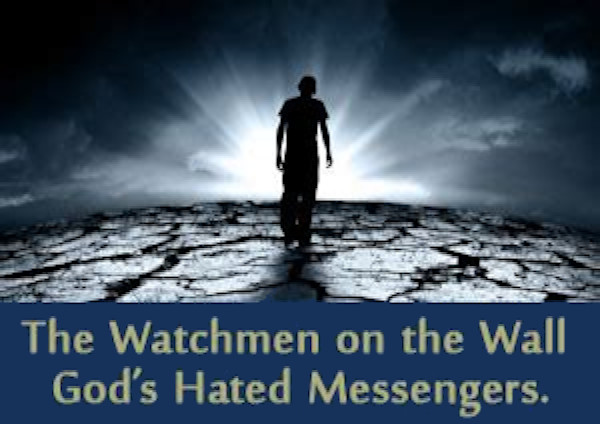
Tagged In
Newsletter
Must Read
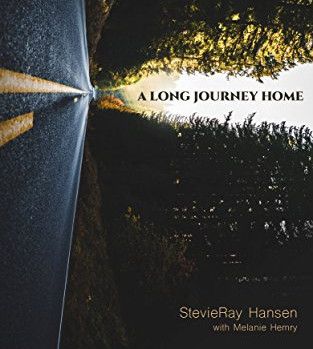
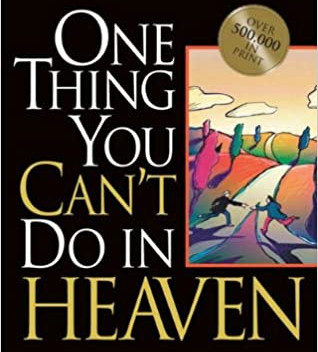


Other Sources

Latest News
Watchman’s List: The Lead Runner For Antichrist: Netanyahu, Marcus, and Erdoan—One of These Ungodly Men Will Lead the World to the Gates of Hell–Tribulation Working Over Time
HNewsWire: Emmanuel Macron Title & Position: President of France, Prince of Andorra Age: 39 years old Born: Amiens, France Matching Biblical descriptors of antichrist: Supports dividing the land of…
Read MoreWatchman: Encouraging Us to Engage in Actions We Know Are Wrong Only Leads Us Down the Path of Sin Alongside Corrupt Politicians. The Consequences Will Be the Rightful Judgment That Americans Have Brought Upon Themselves.
By SRH, Among the casualties of the Israelites, Balaam, the son of Beor and a practitioner of divination, met his demise by sword. Joshua demonstrated…
Read MoreWatchman’s Daily Devotional: Peter and Jude Clearly Laid Out the Marks of False Teachers: Which Are Sensuality, Greed, and Pride (Jude 10,1137; 2 Peter 2:1438). They Are the Same Today
To the one who conquers I will give some of the hidden manna, and I will give him a white stone, with a new name…
Read MoreWatchman: Birds of a Feather, Trump and House Speaker Mike Johnson Are Hosting a Joint Press Conference at Mar-A-Lago. Two Devious Individuals. They Are Leading Us Down an Unrecoverable Path.
HNewsWire: Remember, authoritarian regimes begin with incremental steps: over-criminalization, surveillance of innocent citizens, imprisonment for nonviolent—victimless—crimes, etc. Bit by bit, the citizenry finds its freedoms…
Read MoreWATCHMAN: THE TECH GIANT GETS ORDERS TO IDENTIFY ALL PEOPLE WHO HAPPEN TO BE WATCHING CERTAIN VIDEOS OR LIVESTREAMS ON YOUTUBE
By SRH, Google is facing yet another demand from US federal law enforcement and courts to uncover the identities of individuals who have watched specific…
Read More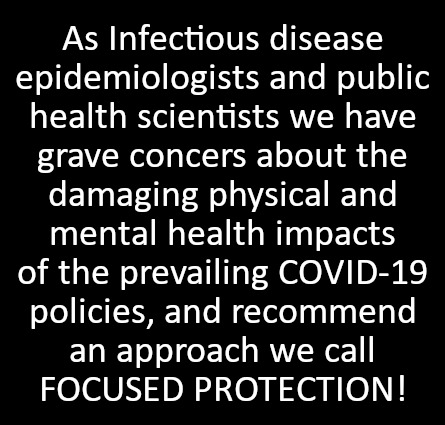

We make every effort to acknowledge sources used in our news articles. In a few cases, the sources were lost due to a technological glitch. If you believe we have not given sufficient credit for your source material, please contact us, and we will be more than happy to link to your article.

